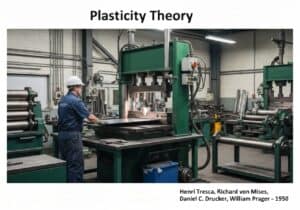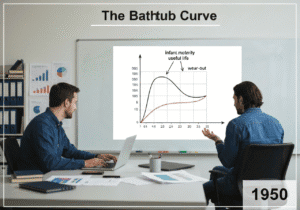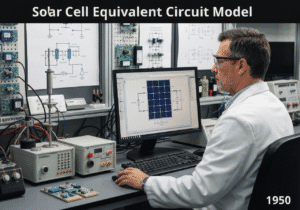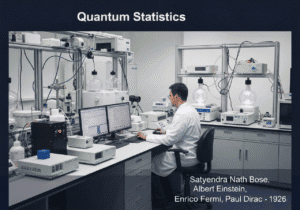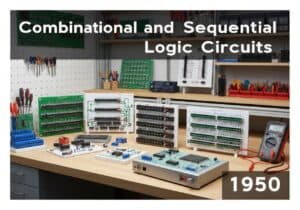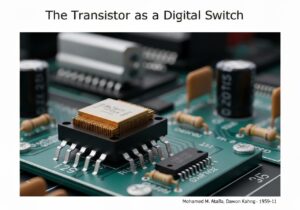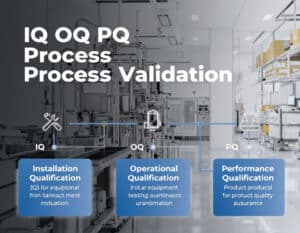Esta es nuestra última selección de publicaciones y patentes mundiales en inglés sobre Óptica, entre muchas revistas científicas en línea, clasificadas y centradas en óptica, difracción, resolución óptica, polarización, láser, Kapitsa-Dirac, instrumento óptico y fotón.
Patentes: no reciente patentar sobre este tema concreto. Intente realizar una búsqueda manual exhaustiva en la base de datos de patentes a la que se hace referencia más arriba.
From Real Vegetation to Its Tactile Simulation
Published on 2025-03-10 by Alessandro Martinelli, Davide Fabiocchi, Francesca Picchio, Hermes Giberti, Marco Carnevale @MDPI
Abstract: The exploitation of immersive simulation platforms to improve traditional training techniques in the agricultural industry sector would enable year-round accessibility, flexibility, safety, and consistent high-quality training for agricultural operators. An innovative workflow in virtual simulations for training and educational purposes includes an immersive environment in which the operator can interact with plants through haptic interfaces, following instructions imparted by a non-playing char[...]
Our summary: Exploiting immersive simulation platforms for realistic training in agriculture through haptic interfaces and high-fidelity virtual simulations. Creating a multisensorial environment for operators to interact with plants in a realistic and immersive training environment. Finalizing a product as a realistic training platform for pruning, with potential for other operations and specializations.
immersive simulation, haptic interfaces, virtual simulations, multisensorial environment






